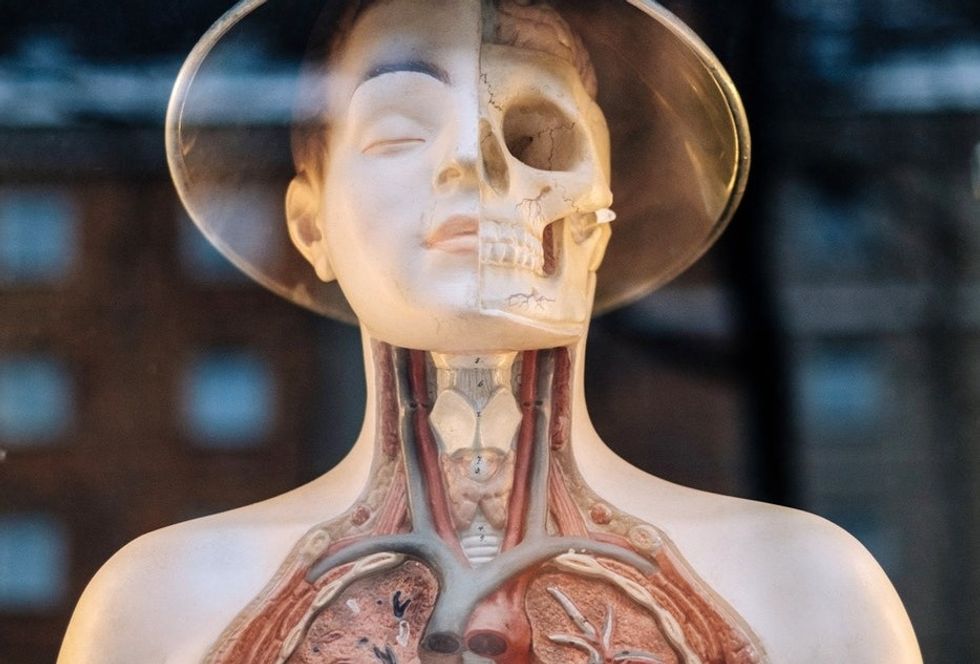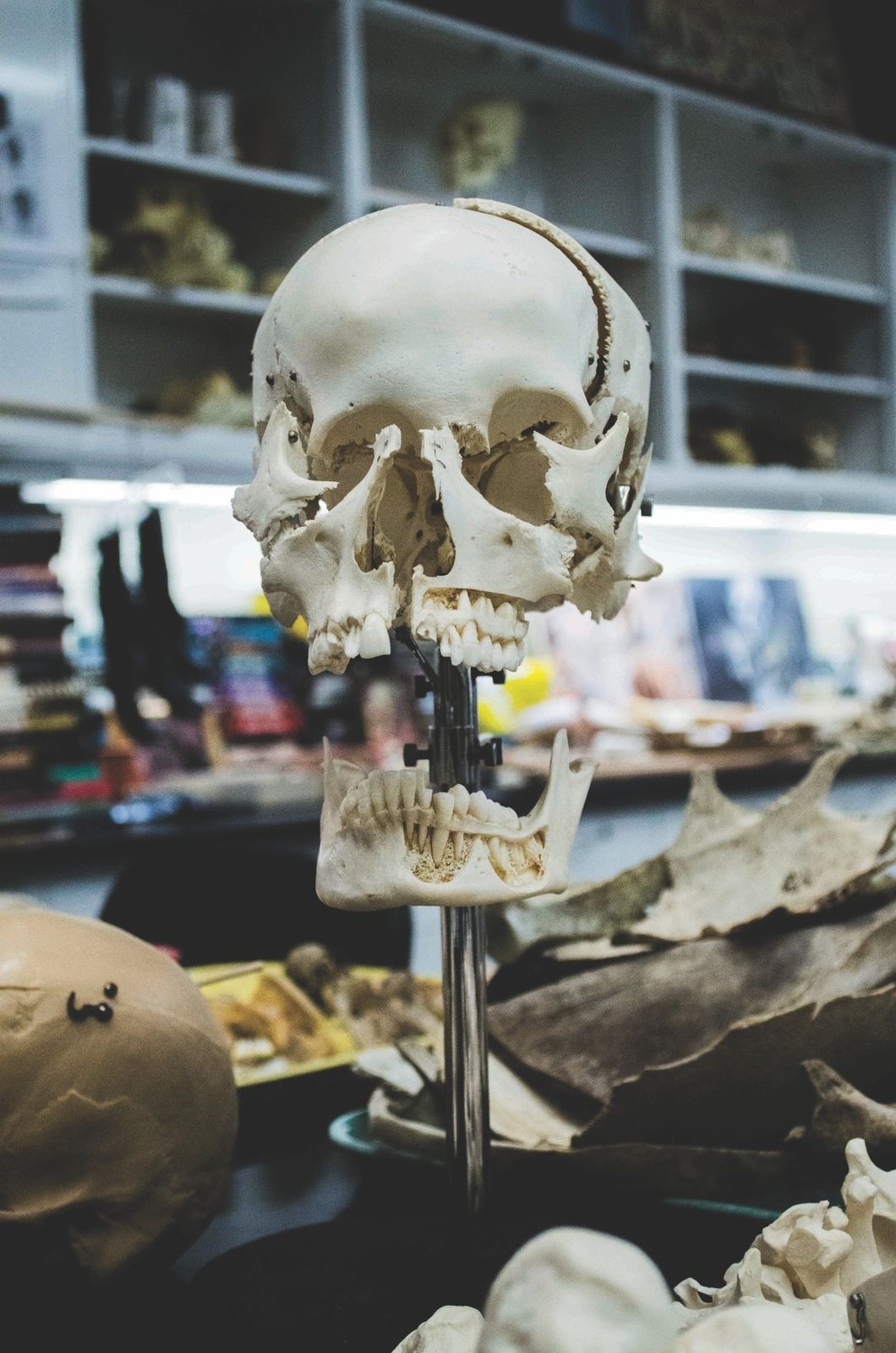If You're Taking Organic Chem And Actually Want To Pass, Get A Model Kit, I Promise You Won't Regret It
Plus, they're insanely fun to play with.
Ever wonder what benzyne would look like? Have you ever thought of wanting to visualize the position of atoms bonded to carbon but struggle to do so? Thought about a new molecule you'd like to make but aren't sure whether it can exist? Get a model kit!
They're relatively cheap ($20 on Amazon) and consist of several balls with holes in them, along with short, long, and medium-sized pegs. The holes are colored black to represent carbon, blue for nitrogen, purple for phosphorus, red for oxygen, white for hydrogen, yellow for sulfur, and green for a halogen. Each ball also has a different number of holes, depending on what atom it is meant to represent. The short pegs are to make models that take up as little space as possible, the long flimsy pegs are used to represent double and triple bonds, and the medium pegs represent single bonds. But why is this so useful?
You can basically construct a HUGE number of molecules using these balls and pegs. These give a fairly accurate representation of how the atoms are arranged in these molecules. The pegs are made of hard but slightly flexible plastic that can bend, representing the ring strain found in various cycloalkanes, such as cyclopropane and cyclobutane. You can also learn a lot about a molecule by building it and trying to rotate each bond.
Normally, you can rotate around single bonds without much of a problem, but rotating around double and triple bonds is extremely difficult and requires breaking the bond first. In fact, having difficulty with even constructing the model will already tell you whether your molecule could even theoretically exist. By playing around with the molecule, you can start to gain an innate understanding of its properties, enabling you to better understand the chemistry that governs it.
Now, why would this be of such good use for organic chemistry students? It's often their first time dealing with three-dimensional spatial reasoning. Even if you have taken multivariable calculus and are comfortable working in 3D space, there is still quite a bit of a learning curve with organic chemistry due to something called stereochemistry. Stereochemistry, in essence, is just the orientation of atoms in space. This can mean that two similarly-looking molecules are actually mirror images of each other, or are not even related to each other.
In fact, they could just be two different representations of the same molecule! In fact, many organic reactions play on the orientation of some atoms relative to other atoms in order to induce an effect on the overall reaction. In fact, switching just one configuration to another can drastically change what product is produced. This is just a lot for new students to take in before they get comfortable.
That's why a model kit is essential. They're not just fun to build molecules with; they serve as a teaching tool. They help students visualize the stereochemistry of molecules and thus gain more of an intuition of the chemistry behind that molecule. In fact, many classes allow you to use a model kit for your exam, and despite my prior knowledge in organic chemistry from high school, I didn't want to make a dumb mistake on a test, so I bought a model kit for myself. That became very useful for my exam, especially for one problem that involved me having to rotate a molecule twice to get the right product from a mechanism. I avoided blundering my exam with a careless mistake by making a well-constructed model that helped me answer the question and avoid double-guessing myself.
Even if you're an expert, a model kit can't hurt. And if you're a beginner, I think purchasing one or borrowing one is essential.


























